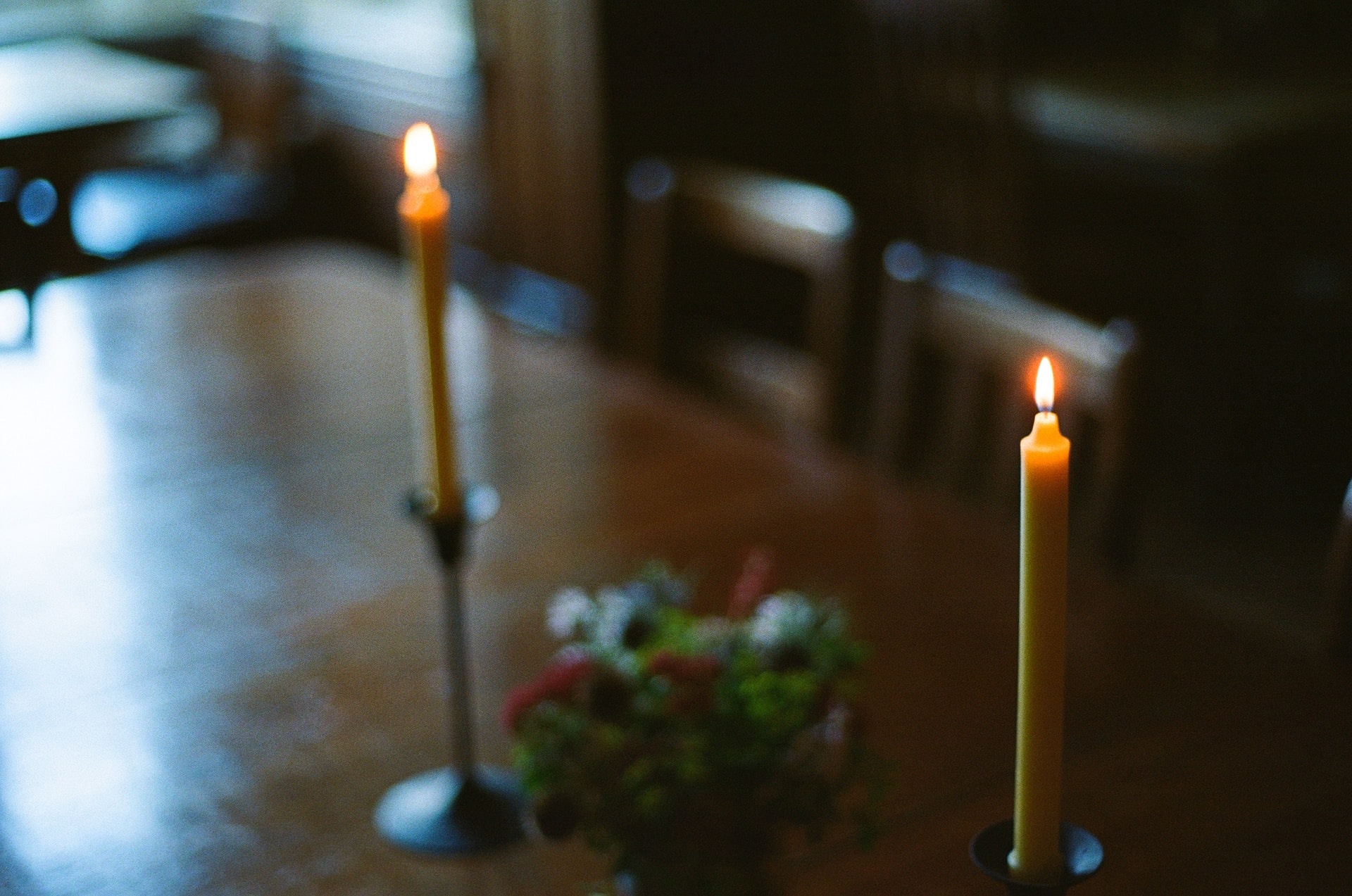Environmentally Sustainable Candle Choices
When we look for ways to reduce our environmental footprint, candle selection might not be the first thing that comes to mind. However, the type of candle we use can make a significant difference in our overall carbon impact. Among the eco-friendliest options are beeswax, soy, and vegetable-oil-based candles.
Beeswax candles are completely natural, derived from the hives of bees, loaded with a subtle honey-infused aroma. They burn cleanly and slowly, without producing harmful byproducts. They are more expensive than other candles, but their longevity compensates for the price difference.
Soy candles are another great option. Made from soybeans, they are biodegradable and vegan-friendly. The price of soy candles falls between beeswax and paraffin, making them a great compromise. The downside is that they don’t hold up well in hot climates or over time since they give a lower burn temperature.
Vegetable-oil-based candles, including those made with coconut or palm oil, are eco-friendly but their sustainability depends on how they are sourced. Make sure they carry a label of being sustainably sourced or else you may be contributing to deforestation.
In summary, do a bit of research before choosing the type of candle. Also, feel free to explore more deeply the differences between these types of biodegradable candles to make an informed choice.
Best Practices for Candle Placement
Location is key when using candles, especially during a power outage. According to guidelines outlined by the Green Bay Fire Department, candles should always be placed on secure pieces of furniture and kept away from combustible material like curtains, books, or anything that can catch fire easily. It is also advised to use candle holders that are sturdy, won’t tip over easily, and are made of a material that won’t catch fire.
Avoid placing candles in high-traffic areas where they can easily be knocked over. Instead, place them in less frequently-used spaces, but not completely out of sight. Remember, it is crucial to keep an eye on a burning candle. Further, do not leave candles burning overnight or when leaving the house.
Safety Precautions for Candle Use During Power Outages
The National Fire Protection Association (NFPA) stresses the importance of maintaining constant adult supervision when candles are in use. This is especially relevant during a power outage when the likelihood of using candles increases. Statistics show that the majority of home candle fires occur because the candle is too close to flammable items.
For instances, an accident may occur if the candle was placed too close to a traditional Christmas garland made of dried pine, which is extremely flammable. Therefore, it’s important to consider what is around and above the candle, not just what’s directly next to it.
Alternatives to Candle Use During Power Outages
While candles can provide a cozy ambiance, they aren’t always the safest choice during a power outage. There are several safer and more eco-friendly options. Flashlights and battery-powered lights are recommended alternative sources of light. These devices pose no fire risk and some models use rechargeable batteries, further reducing waste. Solar-powered lights are also a sustainable and safe option.
Disposing/Recycling Used Candles
Let’s say you’ve enjoyed the glow and fragrance of your eco-friendly candle and it has burnt to its end; now what? Instead of tossing the remaining wax and container in the trash, consider ways to recycle or repurpose them. Wax can be gently melted, strained for any debris, and poured into a new container to make another candle. The empty jar can also find a new life as a decorative storage container, a planter, or a drinking glass, reducing waste and giving a DIY touch to your home.




